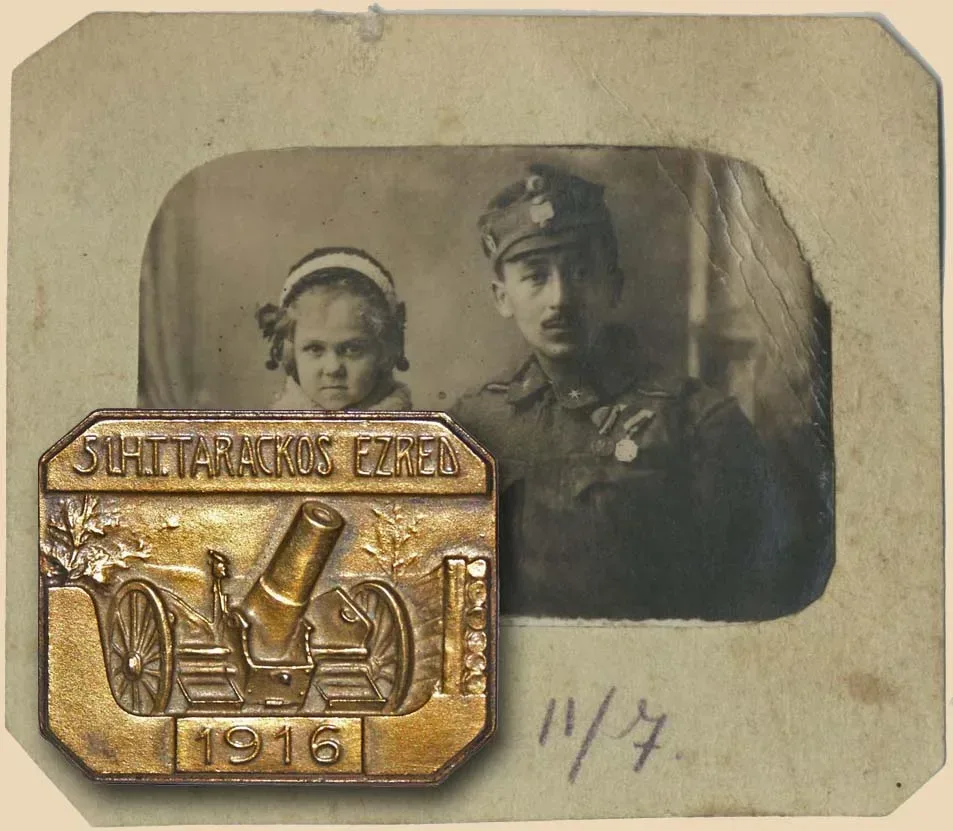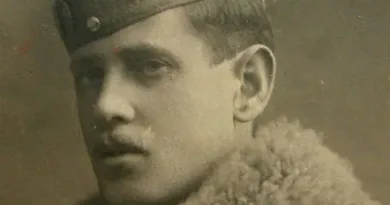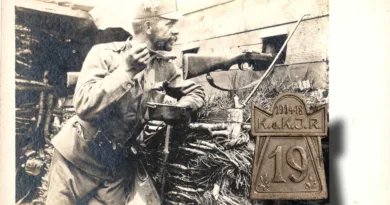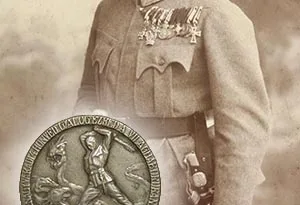51. Field Howitzer Regiment
I don’t know why, but photos of artillery badges are extremely rare. Yet there were quite a few artillery cap badges, even if they were produced in smaller numbers than many infantry regiments’ or higher units’ insignia. Such a rarity is discussed in this post.
The 51st Army Infantry Division was established in early 1915 to replace the 23rd Division captured in Przemysl Fort. By this time, the great artillery development had begun, in the framework of which the Monarchy had sought to supply the Honvéd and Landwehr divisions with adequate artillery. We must not forget that the territorial defense troops, that is, the Honvéd and Landwehr had no artillery at all until the 1910s. Then, of course, development began in preparation for the war, but in 1914 the honvéd divisions still did not have else but a field cannon regiment.
The howitzer regiments were organized only from 1915, the heavy artillery even later. These tasks were not easy to solve because, on the one hand, there was not enough guns for the equipment at first. On the other hand, there was no personnel, and the cannon and howitzer regiments had to receive different training due to the great difference in their weapons. The situation was further complicated in our case by the fact that the 51st infantry division that gave the superior command of the new artillery units was established only in 1915.
The developments lasted until the end of the war. By the end of 1915, the artillery brigade, consisting of three artillery regiments, with cannons, howitzers and heavy artillery, was formed in the honvéd divisions as well. The development of the artillery units to the level required by the regulations went on even in 1916. The units were not fully equipped with modern guns until the end of the war.

The Kappenabzeichen of the 51st Honvéd Field Howitzer Regiment is therefore the insignia of a unit established in 1915 as a result of this development. The badge depicts a gun set up in a timber cover, judging by the image an earlier, rather outdated type. Of course, this does not necessarily mean that this regiment would not have had more modern 10.4 cm M 14 howitzers. Many times, the badge maker created the badge design based on a photo randomly placed in his hands.

The interesting thing about the photo is the marking of the date and the place of taking it. According to them, the artillerist in the picture may have been from Szeged. This is interesting because the city of Szeged was included in the military supplementation area of the infantry regiments belonging to the 51st Division. At the same time, the recruitment of artillery regiments was completely separate. Often the crew of the honvéd artillery came from completely different parts of the country than the regiments of the division. One of the reasons for this may have been that the staff of the newly set up artillery units came by redirecting the batteries of pre-existing troops. But this is clearly not the case with our artillerist. In the picture you can see an artillerist from Szeged where also much of the staff of the 51st infantry division was recruited.

Another curiosity is the division badge on the side of the field cap. This extremely beautiful badge was made by the Jerouschek company in Budapest. Details can be found here.




